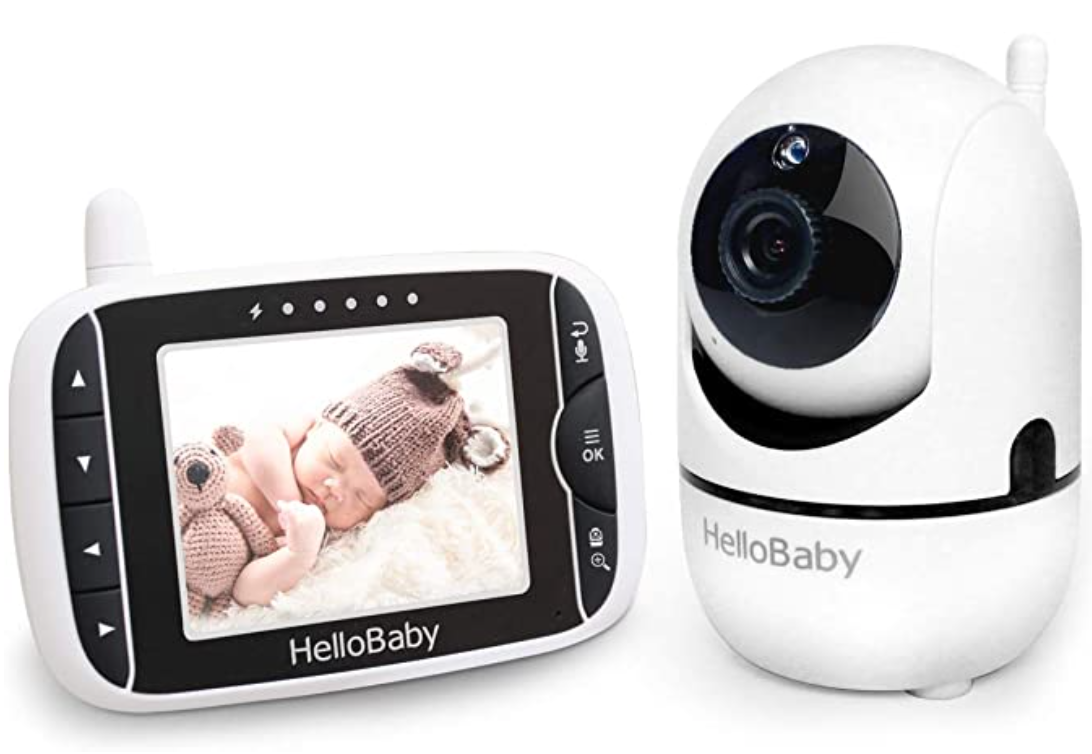

But 40% of organizations use all-in-one desktop video devices to support hot desking, he said. Typically, for hot desking, organizations outfit workspaces with a monitor, phone, webcam and headset. When they have downtime in between meetings, hot desking on a Webex device can turn a shared space into a personal one, he said.Ībout one-quarter of organizations take a shared desk approach to their offices, Lazar said. Generally, in hybrid workplaces, when employees go to the office, they're going when they need to collaborate in person. While Webex devices are used more at home, they all have hot desking capabilities, Kjesbu said. Use cases for desktop devices aren't limited to home workers. The Neat Frame is designed to have a slim footprint for home video collaboration. The Neat Frame has a handle on the back so users can pick it up and take it wherever in the house they want to work, such as the kitchen or bedroom, Neat CEO Simen Teigre said. Cisco considered these factors when designing Webex desktop devices to ensure high-quality audio and video so home workers look professional on camera even if they don't have a dedicated home office to work from, he said.Īt video hardware startup Neat, the Neat Frame dedicated video device was designed for a slim footprint to make it easier for remote employees to make Zoom and Microsoft Teams video calls from anywhere. When working from home, three factors are key: how you feel, how you appear and the amount of work you get done, Kjesbu said.

How desktop devices support home-based workersĪs organizations embrace the hybrid workplace, they must be careful to not build barriers between remote and in-office employees, said Snorre Kjesbu, senior vice president and general manager of Webex devices at Cisco. "It takes a lot of the frustration out of long meetings," he said. These devices have become invaluable to employees who've experienced the more advanced capabilities built into these devices, including background noise reduction and autoframing, Metrigy analyst Irwin Lazar said. Desktop video conferencing hardware - such as external webcams, video bars and all-in-one systems - are key in supporting video for both home-based and office workers. Webcams built into laptops often fall short of user expectations for high-quality video.


 0 kommentar(er)
0 kommentar(er)
